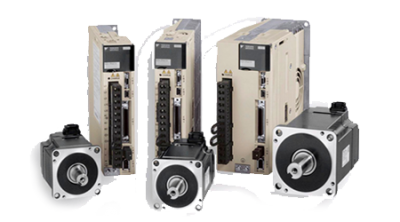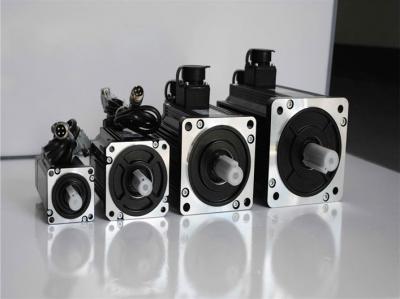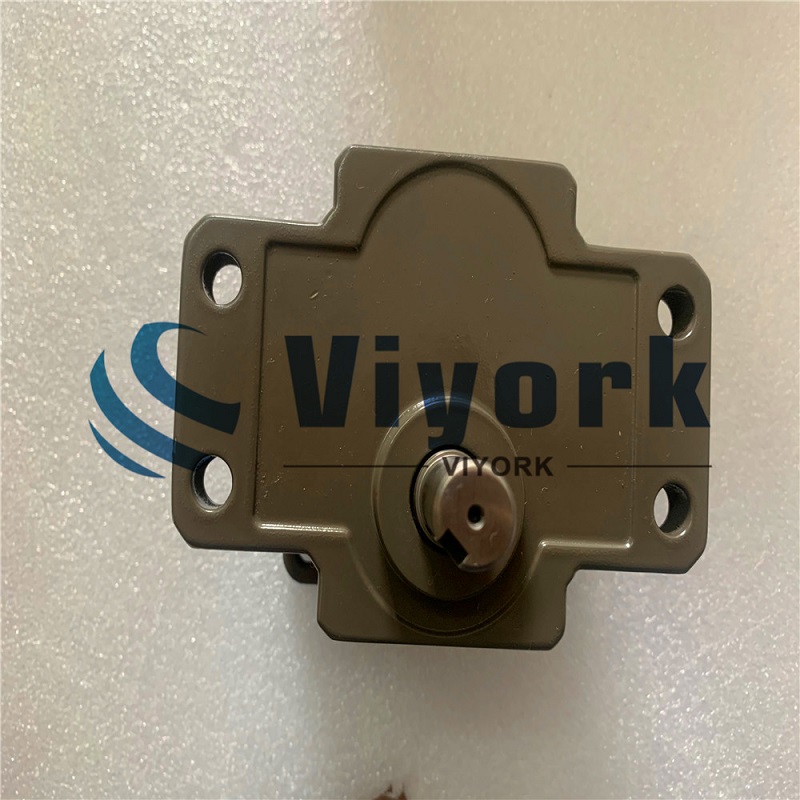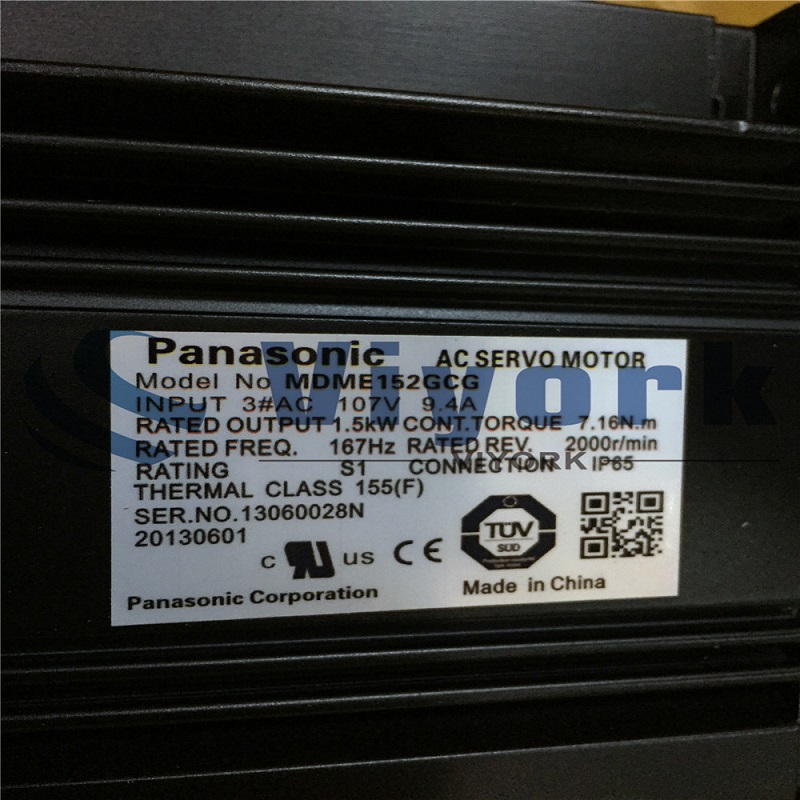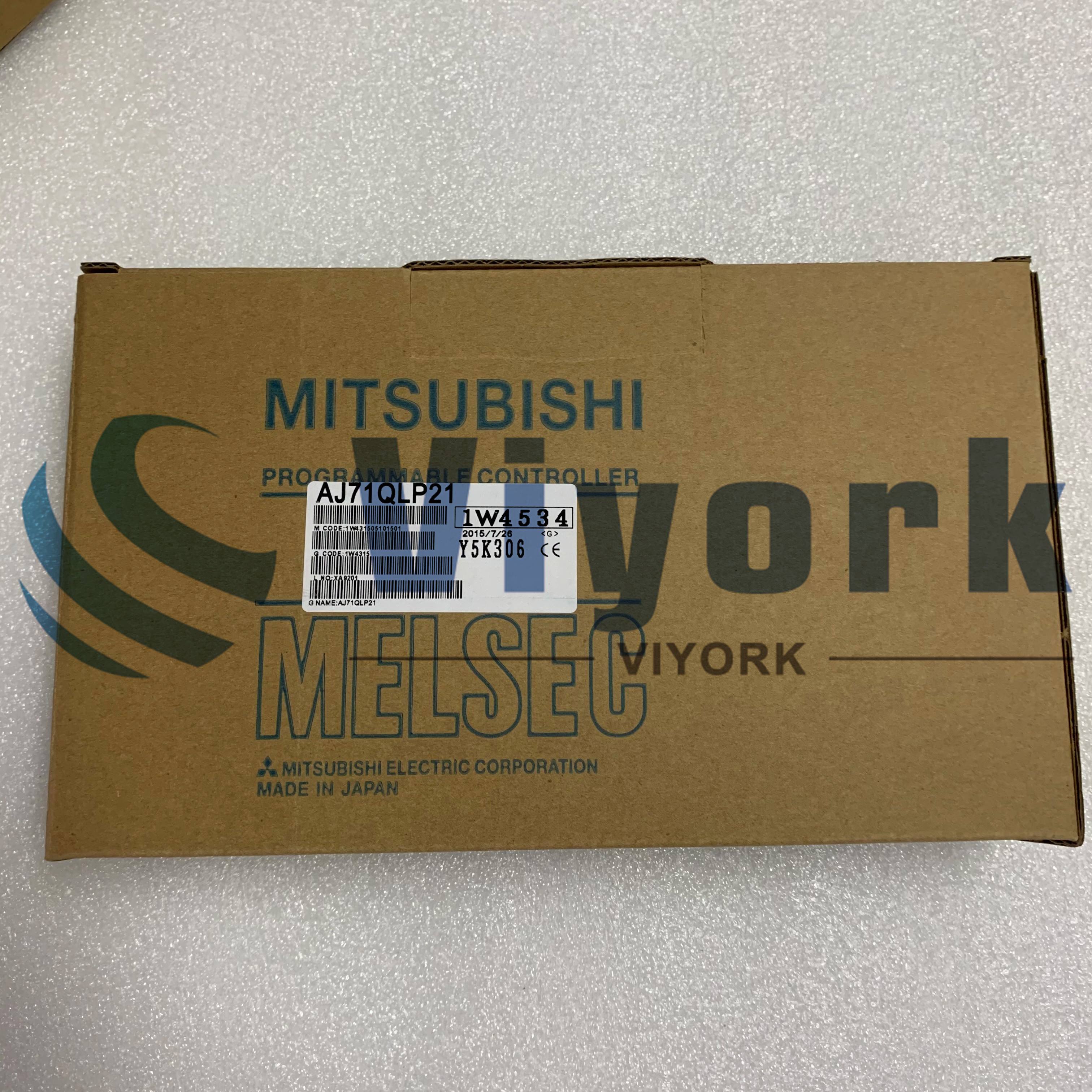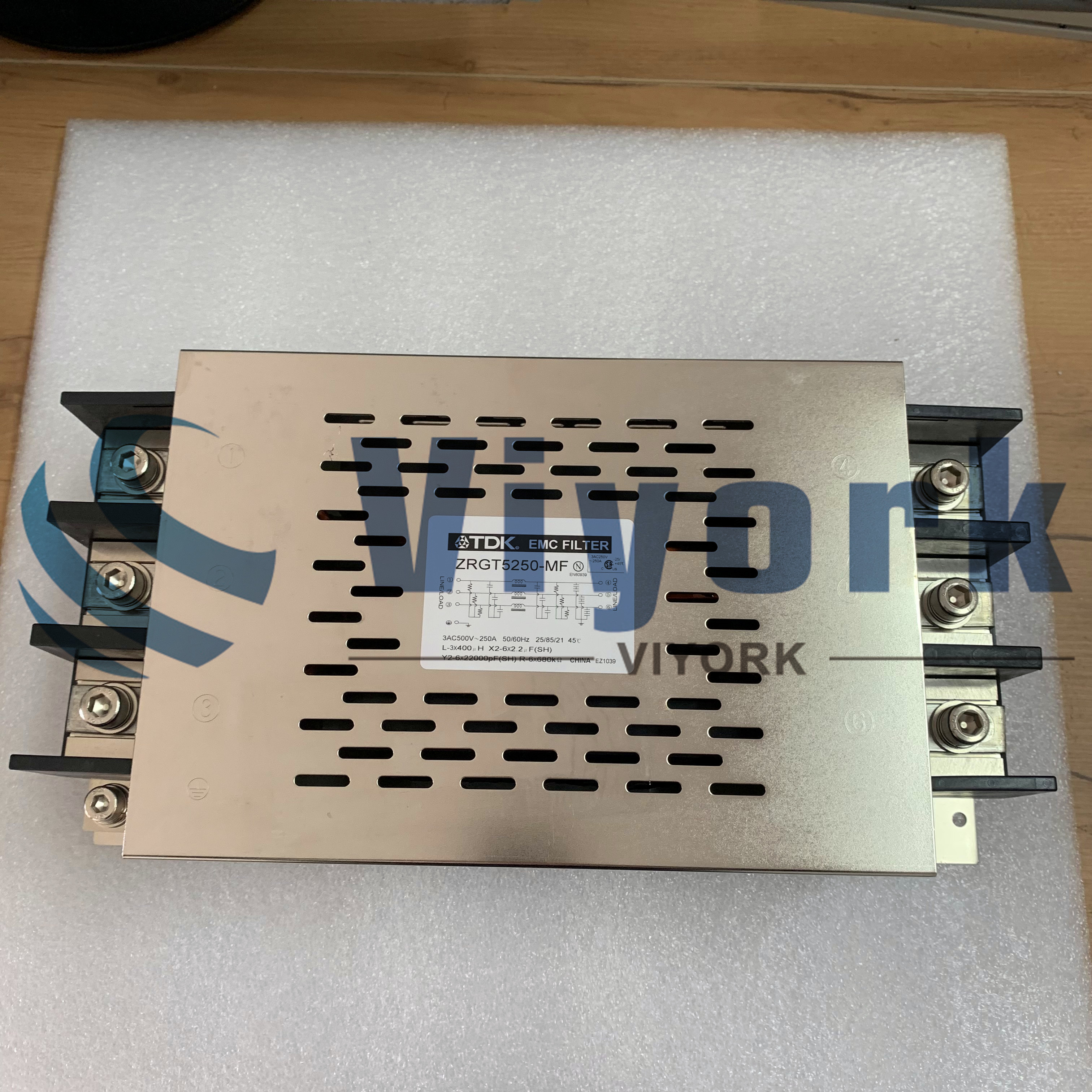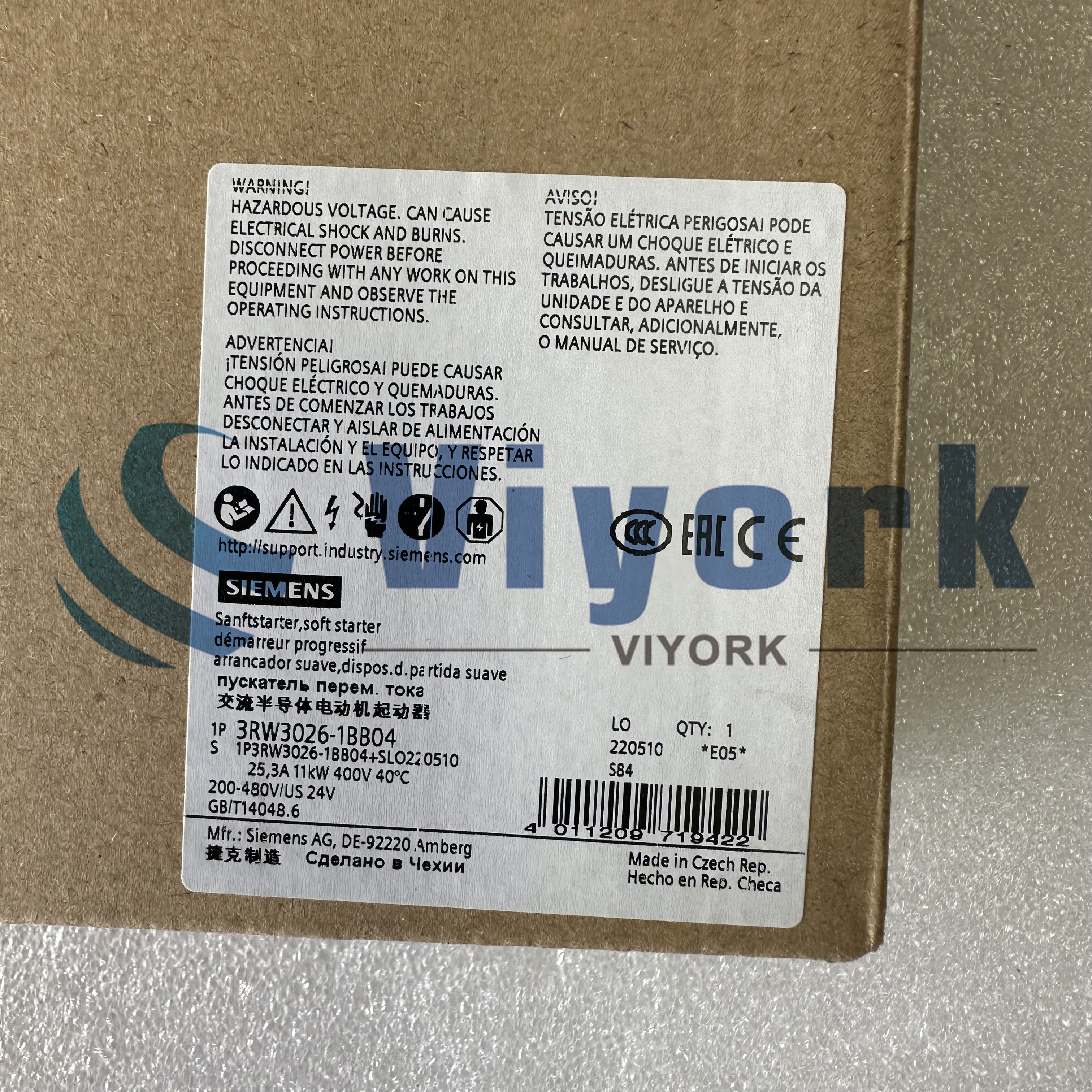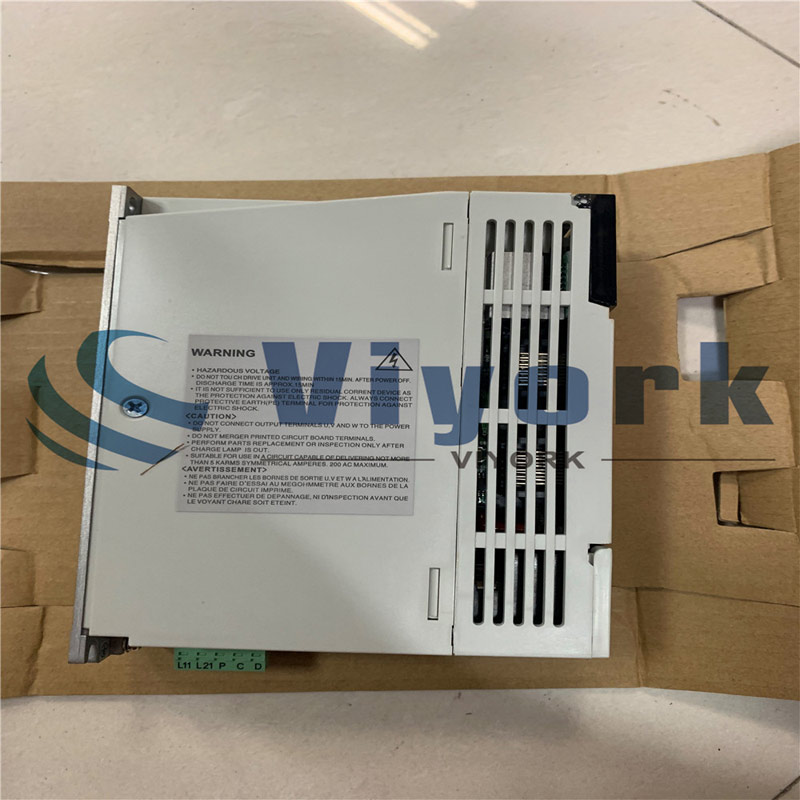① Monitor the current value of the pulse output and whether the pulse output light of the controller is flashing to confirm that the instruction pulse has been executed and the pulse output is normal;
② Check whether the control cable, power cable, and encoder cable from the controller to the driver are wired incorrectly, damaged, or have poor contact;
③ Check whether the brake of the servo motor with a brake has been opened;
④ Monitor the panel of the servo drive to confirm whether the pulse command has been input;
⑤ The Run command must be executed correctly;
⑥ Be sure to select the position control mode in the control mode;
⑦ Check whether the pulse type set in the servo drive matches the setting of the command pulse;
⑧ Ensure that the forward drive is prohibited, the reverse drive is prohibited, and the deviation counter reset signal is not input, release the load, run without load, and check the mechanical system.
① The motor deviation counter overflows when rotating at high speed;
Countermeasure:
Check whether the wiring of the motor power cable and encoder cable is correct, and whether the cable is damaged.
② The motor deviation counter overflows when long command pulses are input;
Countermeasure:
a. The gain setting is too high, manually readjust the gain or use automatic gain adjustment function;
b. Extend the acceleration and deceleration time;
c. The load is too heavy, and a larger capacity motor needs to be selected or the load needs to be reduced, and a deceleration device is added to improve the load capacity.
③ The motor deviation counter overflows during operation.
Countermeasure:
a. Increase the setting value of the deviation counter overflow level;
b. Reduce the rotation speed;
c. Extend the acceleration and deceleration time;
d. The load is too heavy, and the larger capacity motor needs to be selected or the load needs to be reduced, and a deceleration device is added to improve the load capacity.
① If it occurs when the servo Run (operation) signal is connected and no pulses are issued:
a. Check whether the wiring of the servo motor power cable is correct, and whether there is poor contact or cable damage;
b. If it is a servo motor with a brake, you must open the brake;
c. Is the speed loop gain set too large;
d. Is the integration time constant of the speed loop set too small.
② If the servo only occurs during operation:
a. Is the position loop gain set too large;
b. Is the completed amplitude of the positioning set too small;
c. Check that there is no jamming on the servo motor shaft and readjust the mechanical system.
① Servo wiring:
a. Using standard power cable, encoder cable, control cable, check whether the cable is damaged or not;
b. Check whether there is interference source near the control wire, and whether it is parallel or too close to the nearby high-current power cable;
c. Check whether the potential of the grounding terminal has changed, and ensure that the grounding is good.
② Servo parameters:
a. The servo gain is set too large, it is recommended to manually or automatically readjust the servo parameters;
b. Confirm the setting of the speed feedback filter time constant, the initial value is 0, and try to increase the set value;
c. The electronic gear ratio is set too large. It is recommended to restore it to the factory setting;
d. The resonance of the servo system and mechanical system, try to adjust the trap filter frequency and amplitude.
③ Mechanical system:
a. The coupling between the motor shaft and the equipment system is offset, and the screw is not tightened;
b. Poor engagement of pulleys or gears can also cause load torque changes. Try to run without load. If the operation is normal during no-load operation, check whether there is any abnormality in the joint part of the mechanical system;
c. Confirm whether the load inertia, torque, and speed are too large. Try to run without load. If the no-load operation is normal, reduce the load or replace a larger capacity driver and motor.
① First confirm whether the actual current value of the controller's pulse output is consistent with the expected value. If it is inconsistent, check and correct the program;
② Monitor whether the number of pulse instructions received by the servo drive is consistent with that issued by the controller. If it is inconsistent, check the control wire cable.
 Call us on:
Call us on:  Email Us:
Email Us:  1103, Block C, South Building, Luo Fang Road, Luohu District, Shenzhen, 518001, China
1103, Block C, South Building, Luo Fang Road, Luohu District, Shenzhen, 518001, China 
